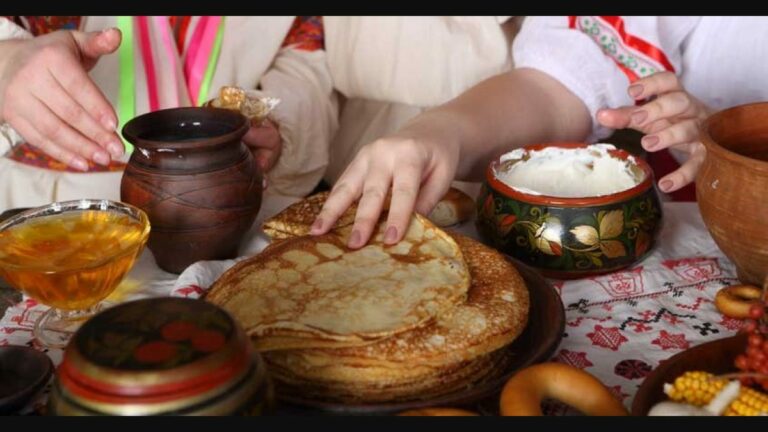Introduction: Exploring Russian Cuisine
Russian cuisine is a vast and diverse culinary tradition that has been shaped by a variety of cultural, climatic, and historical factors. From the hearty stews and soups of the cold winter months to the fresh berries and vegetables of the summer harvest, Russian cuisine has something to offer for every taste and season. Moreover, Russian cuisine is known for its unique use of ingredients, spices, and cooking techniques that make it a unique and fascinating culinary experience.
A Blend of Influences: Understanding Russian Cooking Techniques
Russian cuisine is rooted in a blend of cultural influences that have shaped its cooking techniques over time. For example, the Mongol invasion of Russia in the 13th century introduced the technique of boiling meat, which led to the development of hearty stews and soups that are still popular today. Similarly, the influence of French cuisine in the 18th and 19th centuries brought a focus on refined sauces and delicate pastries to Russian cooking.
Unique Cooking Techniques in Russian Cuisine: An Overview
Russian cuisine has several unique cooking techniques that set it apart from other culinary traditions. One of the most distinctive is the use of pickling, which involves preserving vegetables and fruits in vinegar and salt to extend their shelf life. Another unique technique is the use of slow cooking, which allows flavors to meld together and create rich, complex stews and soups. Additionally, Russian cuisine features specialized baking techniques such as blinis (thin pancakes) and pirozhki (stuffed buns).
The Art of Pickling: An Essential Russian Technique
Pickling is an essential technique in Russian cuisine, as it allows people to preserve vegetables and fruits for the long winter months when fresh produce is scarce. The pickling process involves soaking vegetables such as cucumbers, tomatoes, and cabbage in a mixture of vinegar, salt, and spices to create a tangy, flavorful snack. Pickled vegetables are often served as a side dish or used to add flavor to soups and stews.
Slow Cooking: The Secret Behind Delicious Russian Stews
Slow cooking is another key technique in Russian cuisine, as it allows flavors to meld together over hours of cooking. This technique is most commonly used in making stews and soups, which are the backbone of Russian comfort food. Traditional Russian stews are made with hearty ingredients such as beef, pork, potatoes, and carrots, and are simmered for hours to create a rich, flavorful dish that warms the soul.
Blinis and Pirozhki: Specialized Russian Baking Techniques
Blinis and Pirozhki are two specialized baking techniques that are unique to Russian cuisine. Blinis are thin, crepe-like pancakes that are often served with sweet or savory toppings such as sour cream, caviar, or smoked salmon. Pirozhki, on the other hand, are small, stuffed buns that can be filled with a variety of ingredients such as meat, potatoes, or cabbage. Both blinis and pirozhki are popular snacks and are often served at festive occasions such as weddings and holidays.
In conclusion, Russian cuisine is a rich and diverse culinary tradition that has been shaped by a blend of cultural, climatic, and historical factors. Its unique cooking techniques such as pickling, slow cooking, and specialized baking techniques have made it a fascinating and delicious cuisine to explore. Whether you are a fan of hearty stews, tangy pickles, or delicate pastries, Russian cuisine has something to offer for every palate.

